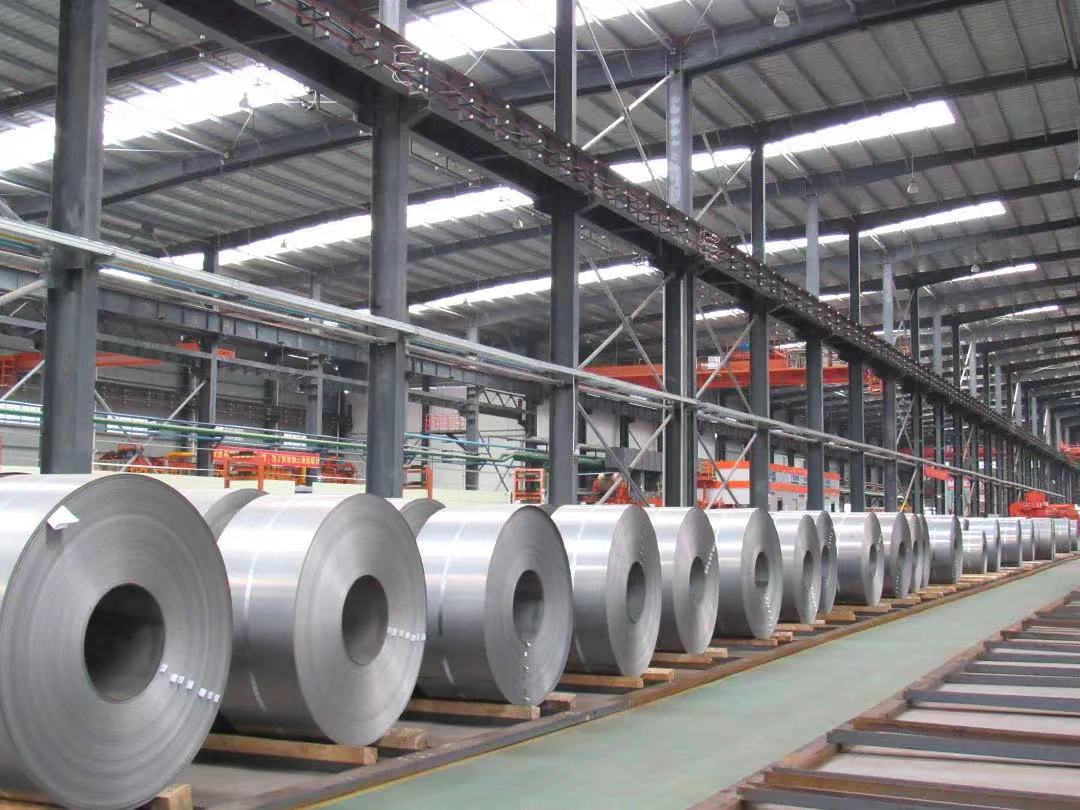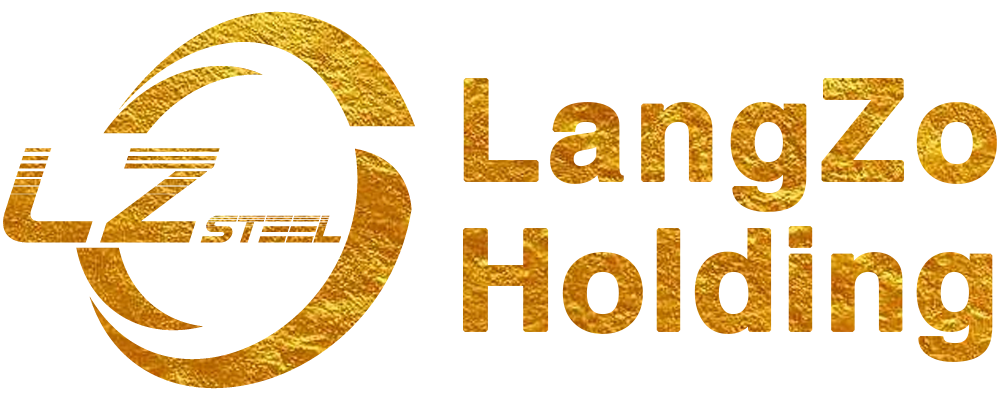
Galvalume steel sheets, an important alloy material in modern industry, are widely used in various fields due to their excellent corrosion resistance, heat resistance, and good formability. This article provides a detailed overview of the production process of Galvalume steel sheets, from raw material preparation to final product inspection, offering an in-depth look at the manufacturing steps involved in producing this high-tech material.
1. Raw Material Preparation and Pre-Treatment
The production of Galvalume steel sheets begins with high-quality steel substrates. Typically, cold-rolled steel is selected as the base material due to its excellent surface quality and mechanical properties. During the raw material preparation phase, the steel sheets are cut to the required sizes and shapes based on customer specifications. Following this, the steel sheets undergo a strict pre-treatment process, including degreasing and descaling, to ensure that the surface is clean and has the necessary roughness for the subsequent coating process.
2. Chemical Treatment
After pre-treatment, the steel sheets undergo a chemical treatment phase, which typically includes pickling and water washing. Pickling removes any oxide scales, rust, or other impurities from the steel surface, enhancing the adhesion of the subsequent coating. Water washing is used to remove pickling liquids and residual impurities, ensuring the quality of the coating. During the chemical treatment process, it is crucial to precisely control the concentration of chemicals, temperature, and processing time to avoid over-corrosion or insufficient treatment.
3. Coating Process
The coating process is one of the key steps in the production of Galvalume steel sheets. The chemically treated steel sheets are immersed in a molten aluminum-zinc alloy bath to apply a layer of the coating. This can be done using either electrolytic or hot-dip galvanizing methods. The composition of the aluminum-zinc alloy, the bath temperature, current density, and immersion time all directly impact the quality and performance of the coating. Generally, when the aluminum content is higher in the alloy, the coating exhibits better corrosion resistance, while a higher zinc content improves the coating’s hardness and wear resistance.
4. Curing and Post-Treatment
Once the coating has been applied, the steel sheets undergo a curing process, typically achieved through heat treatment. This step helps the coating bond tightly to the steel substrate, enhancing the corrosion resistance and hardness of the final product. The post-treatment stage involves additional processing steps such as cutting, punching, and stamping to shape the steel sheets into the required form and size. Precision during these processes is essential to avoid damaging the coating and to ensure the final product meets specifications.
5. Quality Inspection and Packaging
The finished Galvalume steel sheets must undergo rigorous quality inspection to ensure they meet customer requirements and industry standards. Inspections typically focus on coating thickness, salt-spray corrosion resistance, heat resistance, and hardness. Only those Galvalume steel sheets that pass these tests are sent for packaging. Packaging materials and methods are selected based on the product’s characteristics and the need to protect it during transportation and storage to prevent any damage.
6. Process Control and Optimization
Process control and optimization are crucial throughout the production of Galvalume steel sheets. This includes accurate control over each step, such as temperature, current density, and processing time, as well as regular maintenance of production equipment. By continuously improving the production process, companies can increase production efficiency, reduce costs, and enhance the competitiveness of Galvalume steel sheets in the market.
Conclusion
In conclusion, the production of Galvalume steel sheets is a complex and precise process that requires careful control over each step to ensure high-quality products. Through scientific raw material preparation, chemical treatment, coating application, curing and post-treatment, quality inspection, and continuous process optimization, Galvalume steel sheets can be produced to meet the diverse needs of the market.





